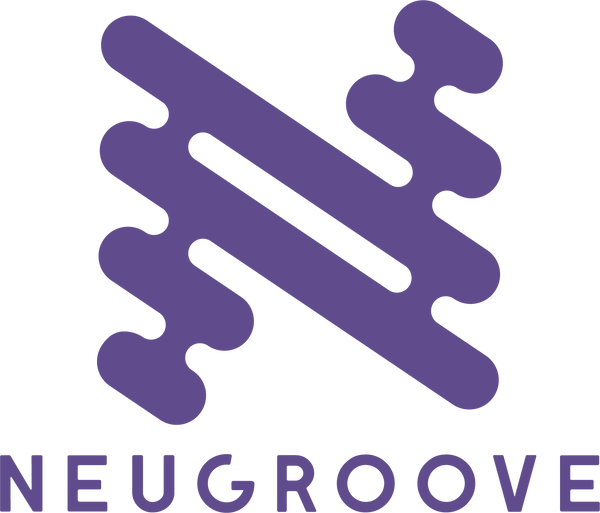
Garbage In = Garbage Out
Share
There has been a lot of discussion on the responsibility of social media platforms to take responsibility for the content posted by their users. The Constitution provides some regulation on free speech and there are limits, but is it the responsibility of the social media platform to act as the free speech police? Should a social media platform allow users to post anything, regardless of the content?
What if the users were to accept the responsibility for what they post AND for what they read?
Social media is designed to use our natural habit-forming tendencies against us and those who develop the platforms understand the science of our behavior. The goal of social media is user interaction, it doesn’t care about the quality of what the user is consuming, but only the amount of consumption.
As early humans we had to be hypervigilant to threats. We were constantly on the watch for anything that would threaten our survival. The part of our brain responsible for reacting to threats is the amygdala and it will automatically respond to fear and/or danger to protect us by triggering either a fight or flight response. Because we had to be more aware of danger for our survival, we developed a negativity bias. This negativity bias has been ingrained in our amygdala to help protect us and ensure our survival. We are more tuned to take notice of bad news, or news that we perceive as a danger to our survival, and social media understands this.
We have strong moral convictions. When we have a moral conviction about a topic, we no longer seek out additional information or defer to science to support, or dispel, our beliefs. Our moral conviction tells us that “we must be right and anyone who disagrees must be wrong” – we don’t need any supporting evidence and social media understands this.
We are being fed information from social media algorithms and we may not even be aware what we are consuming is harmful to our mental well-being. For some of us the same thing occurs with our nutrition. We may be consuming food that is less healthy because of old habits or because it makes us “feel good”. Similarly, social media feeds us what we “like”.
There is an ancient teaching that tells us, “whatever one frequently thinks and ponders upon will become the inclination of their mind.” Modern neuroscience has confirmed that “neurons that fire together, wire together.” Habits can be formed without intention, and social media understands this.
The output from whatever social media platform we are using is based on the input received from us, in other words, garbage in = garbage out.
Be mindful and aware of your consumptions. Don’t mindlessly rely on someone else to feed your body, mind, or soul. Don’t mindlessly rely on social media for your news and information. Be mindful and consider the intent and source of information. Many news outlets have become less focused on journalism and more focused on a social following. News outlets that have been historically unbiased rely on some type of funding source to operate, which may be from paid advertisers or from donors. Even when the facts reported by a news outlet are truthful and unbiased, the information presented may be one-sided to appeal to their funding source.
Remember, news outlets understand we are hypervigilant and will pay more attention to bad and negative news. Most of what we see on the news is not representative of the world as a whole. Consider events as to how they impact a proportion of the people as a whole. More often than not, bad news is a biased sample of the state of the world. The news isn’t fake, it’s real, it’s just not representative of what most of us will experience. Statistical research might be boring, but it can be a useful tool to help alleviate fear generated from limited news reports.
Social media can be a valuable piece of our social capital depending on how we interact. Social capital is a range of social ties, from loose acquaintances to lifelong partners and might include coworkers, friends, family, and more. Our social capital can provide tangible and intangible benefits. On-line social groups may benefit less extroverted people giving them a place to give, and receive, advice and support in a non-threatening environment. It has the ability to expand our diversity of thought and experience if we are able to remain open-minded and are able to have interactions with others who are open-minded.
What we put into our social media interaction is what we will get back. If we are putting in garbage, we will get garbage in return. If we interact in a compassionate manner, by cultivating curiosity about strangers, challenging prejudices, discovering commonalities, imagining ourselves in the place of others, listening deeply, being open and vulnerable, creating empathetic bonds, inspiring social change, and sharing ambitious imaginations we will begin to use social media as a tool to increase our happiness and the happiness of others.
